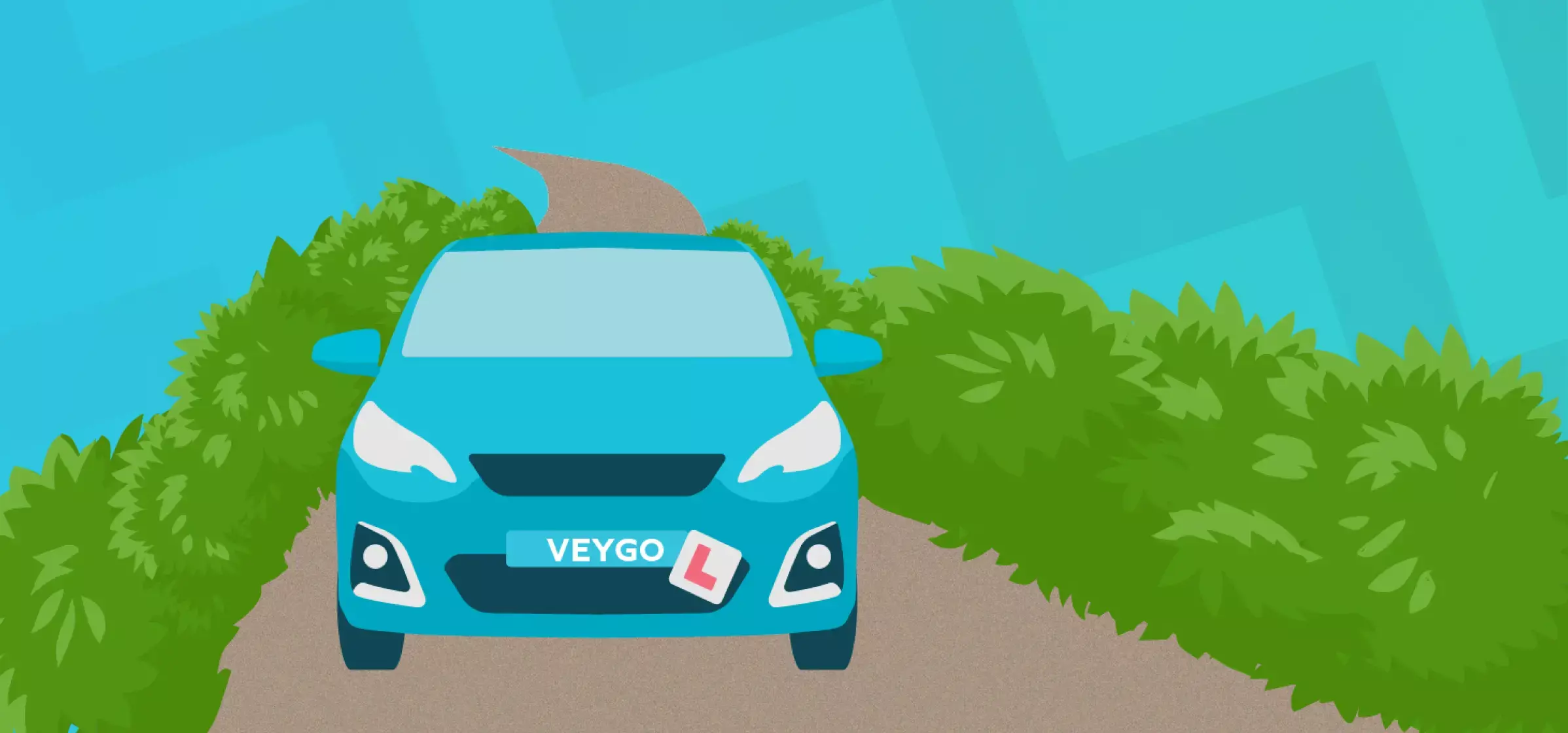Rural driving can be a unique experience compared to driving in urban areas. The roads are often less crowded and the speed limits are higher, but there are also other challenges that you may not encounter in the city.
Let’s think about a few factors that may come into play before discussing rural driving. You have to think about whether you know the area or not, car size, changing speed limits and always be aware of different spots to pull over incase of oncoming traffic. So, here are some tips and tricks to help you navigate rural roads safely and confidently.
Animals
When rural driving animals are going to be there, it’s essential that you’re aware of wildlife. The smaller animals are typically the ones hardest to spot as they dart out quickly into roads and can cause you to potentially slam on the brakes, or swerve. Not only that but some animals like badgers can damage the car badly if they’re hit so it gives more incentive to avoid them!
Animals such as deer, cows, and horses can also wander onto the road unexpectedly. Keep your eyes peeled for any signs of wildlife and be prepared to slow down or stop if necessary. If you do see an animal, try to avoid hitting it by braking and sounding your horn
Other drivers
Watch for slow-moving vehicles. You may encounter tractors, trailers, and other slow-moving vehicles on rural roads. Be prepared to slow down and wait for a safe opportunity to pass. Always use your turn signals and make sure the road is clear before you pass.
Road conditions
Stay alert for curves and hills. Rural roads are often winding and hilly, which can make it difficult to see what lies ahead. Slow down and be prepared for unexpected turns or inclines.
Be mindful of weather conditions. Rural roads are often exposed to the elements, which can make them slippery or icy in the winter. Slow down and be extra cautious in bad weather. You should also take note that these kinds or roads are usually more shaded and get far less attention from local councils to get salt or grit down on them.
Keep your distance. Rural roads often have fewer cars on them than urban roads, so it can be tempting to drive too closely behind other vehicles. However, it is important to keep a safe distance to give yourself time to react if something unexpected happens.
Check your tires. Rural roads can be rough, with gravel and potholes, so it is crucial to make sure your tires are properly inflated and in good condition. This will help you maintain control of your vehicle and prevent a tire blowout.
Use your headlights. Even during the day, it’s a good idea to turn on your headlights when driving on rural roads. This will make you more visible to other drivers and help you see the road ahead.
Pay attention to road signs. Rural roads often have signs that warn of potential hazards, such as sharp turns, bridges, and steep grades. Be sure to pay attention to these signs and adjust your speed accordingly.
Be prepared for the unexpected. Rural roads can be unpredictable, so it’s important to be prepared for anything. Make sure your vehicle is in good condition and always have a full tank of gas and a spare tire. Similarly, to bad weather conditions, rural roads usually get less attention from councils and are typically in a worse condition, so things like potholes may be more prevalent.
Stay calm and take it slow. Rural roads can be challenging, but they can also be beautiful and peaceful. Stay calm and take your time, and you’ll be able to enjoy the journey as well as arrive safely.
For a nice visual overview of rural driving why not check out our helpful learn video to give you an idea of what it’ll look and feel like driving down the back roads!
So, thinking about rural driving requires a different set of skills and mindset. Watch out for wildlife, slow-moving vehicles, curves and hills, weather conditions, and unexpected hazards. Keep a safe distance, check your tires, use your headlights, and pay attention to road signs. Stay calm and be prepared for the unexpected. Remember that rural driving can be a unique and enjoyable experience if you approach it with caution and patience.
